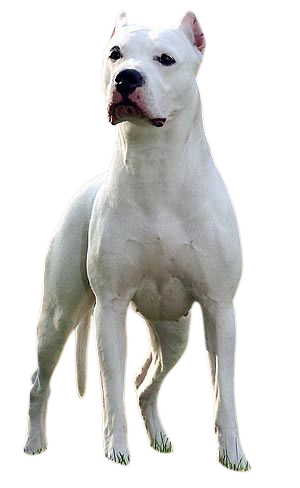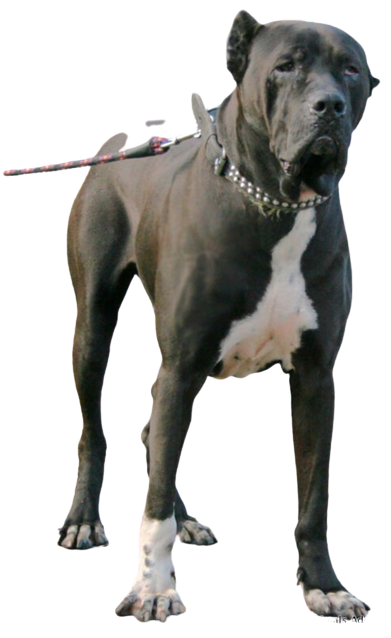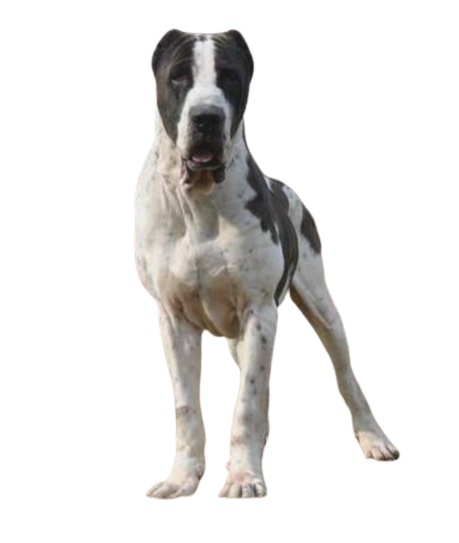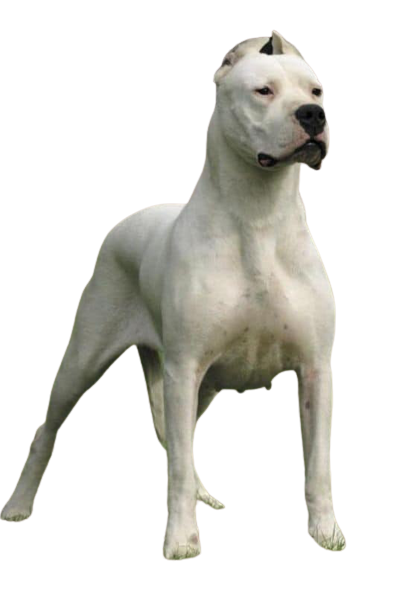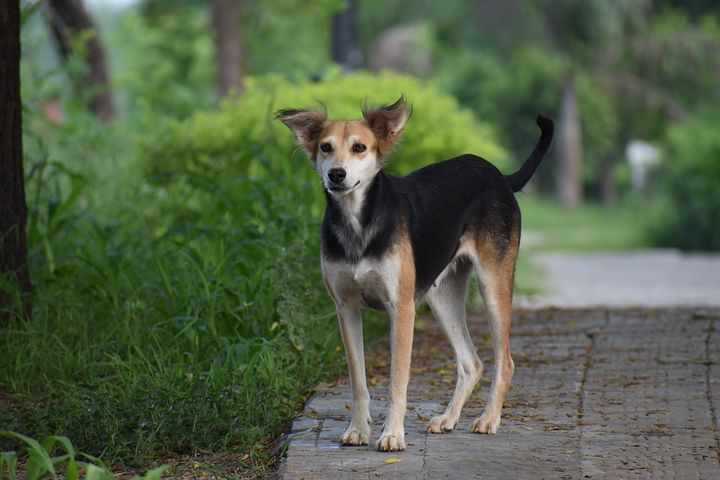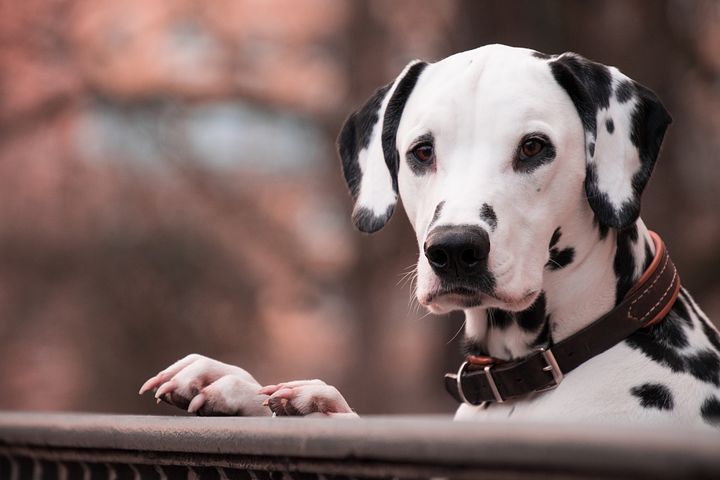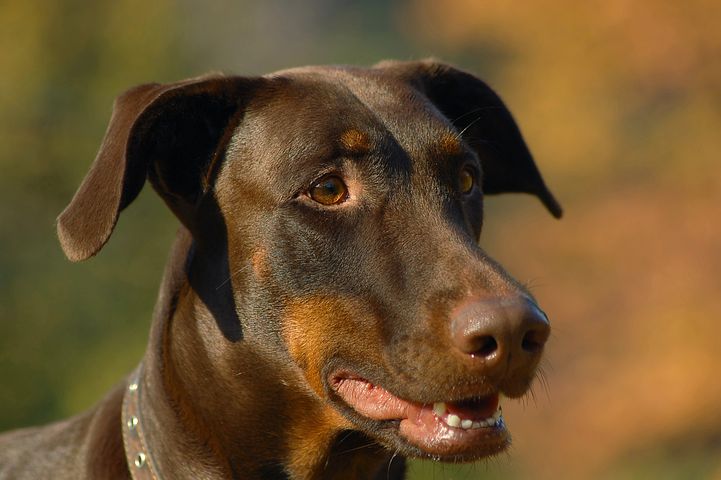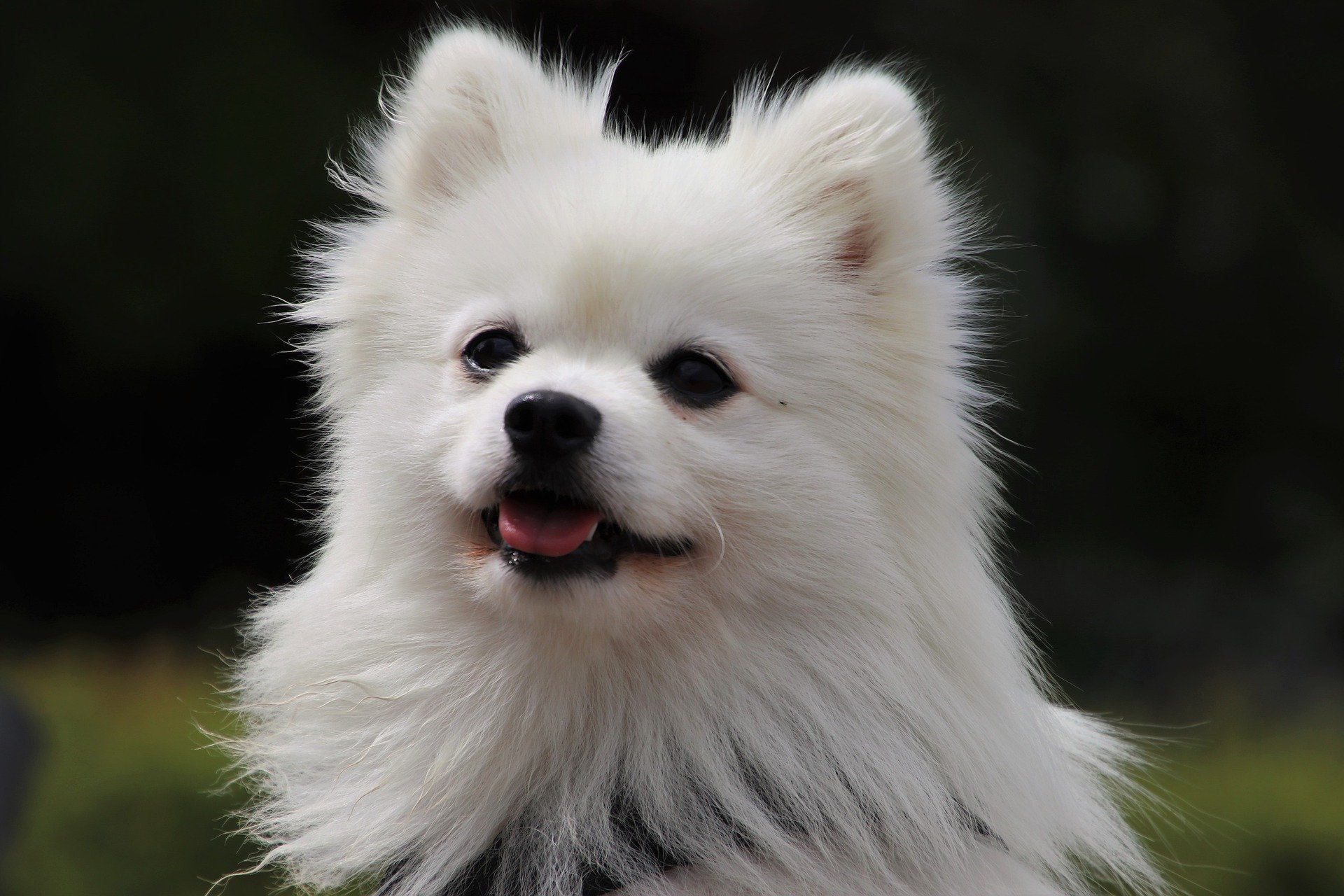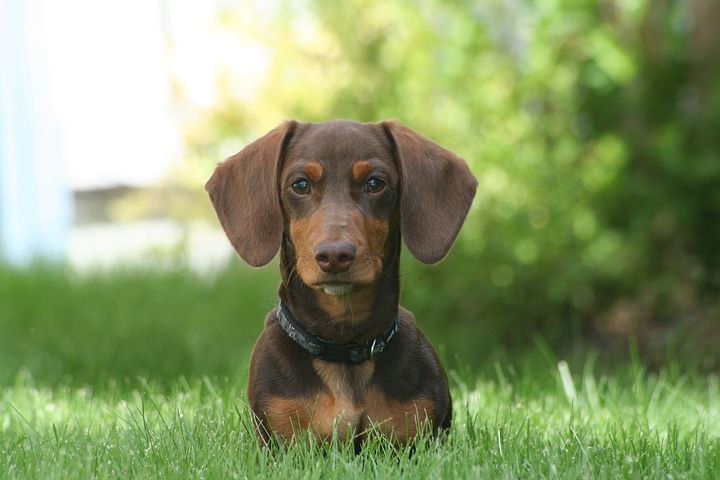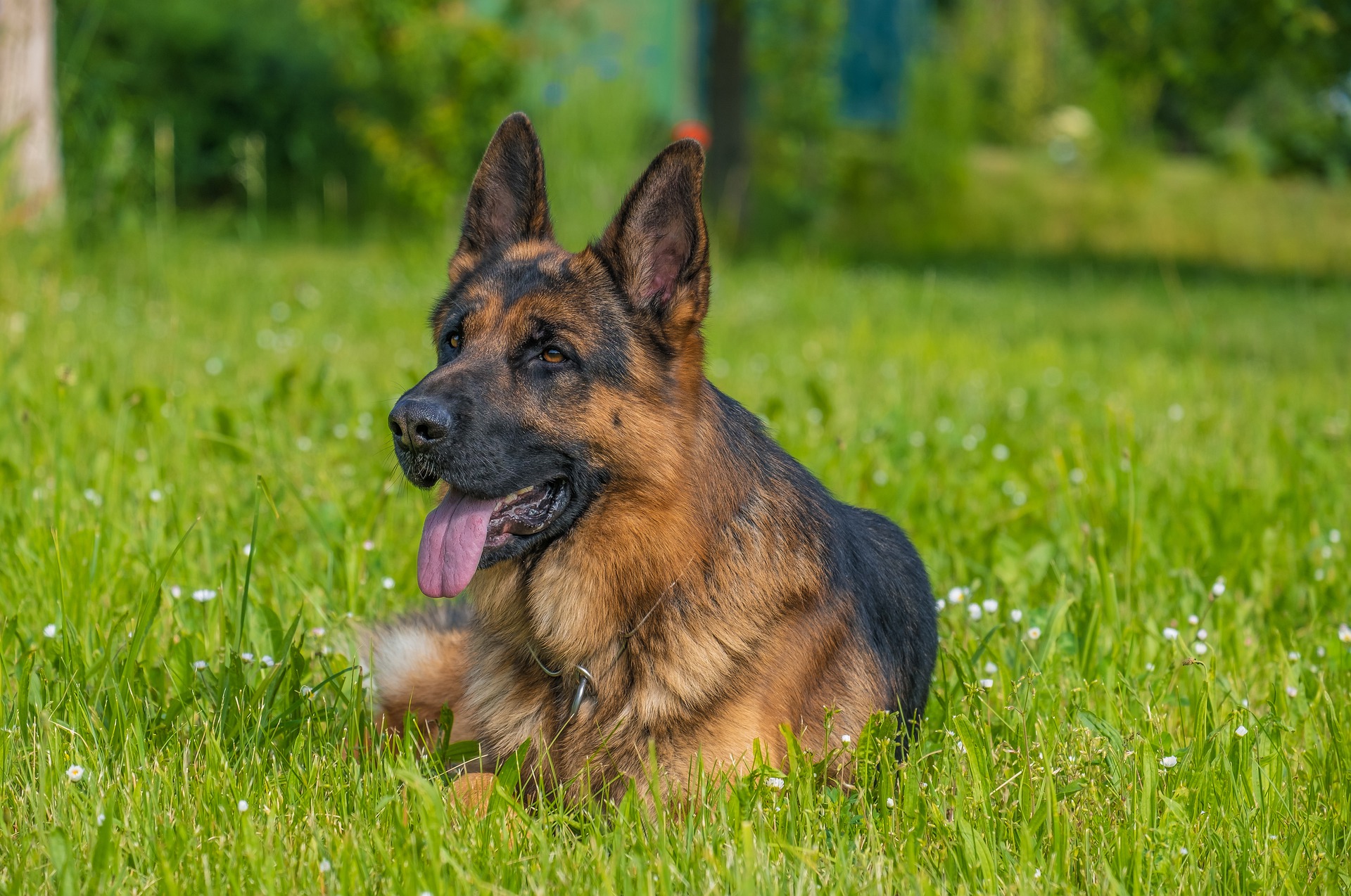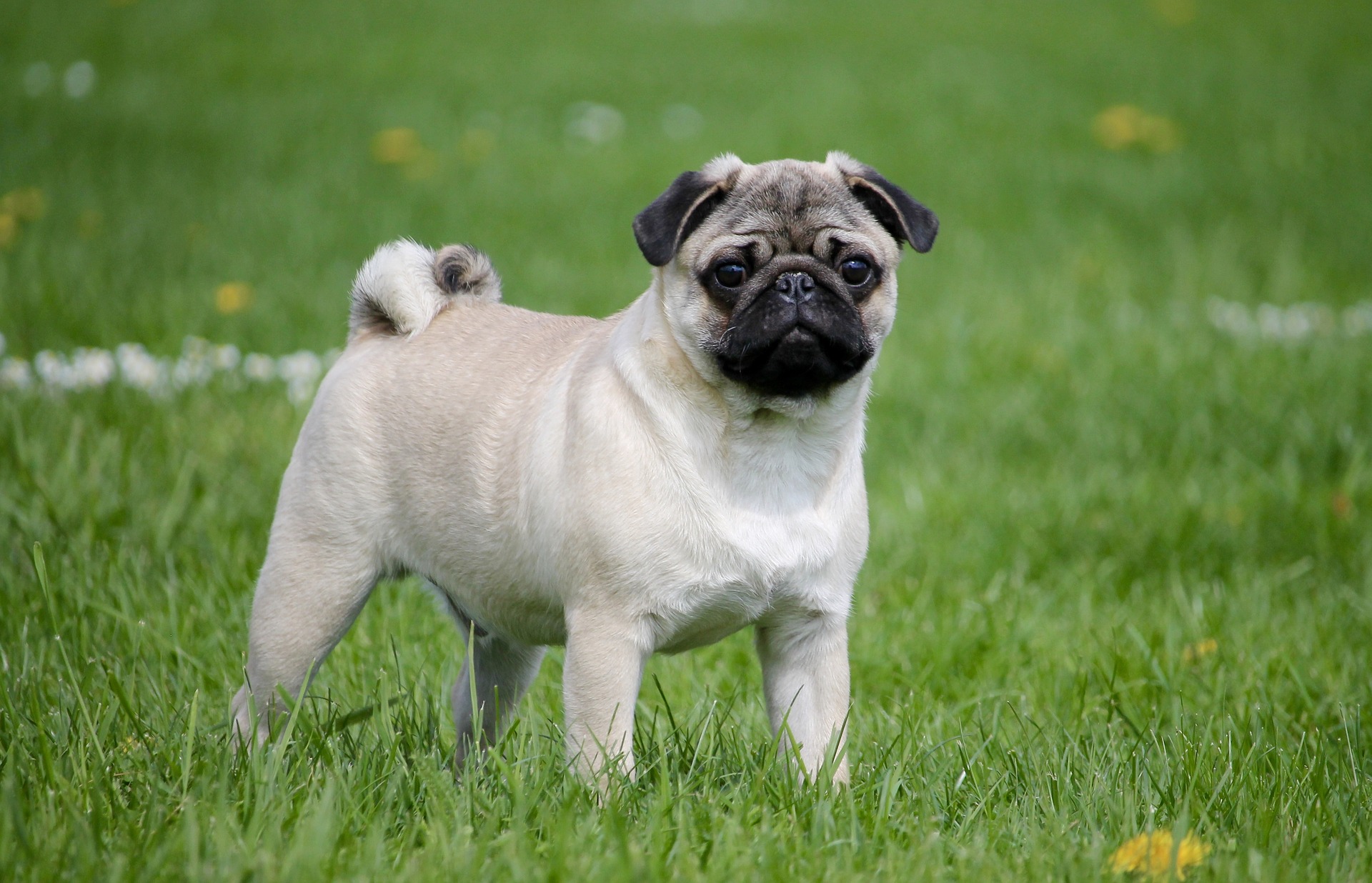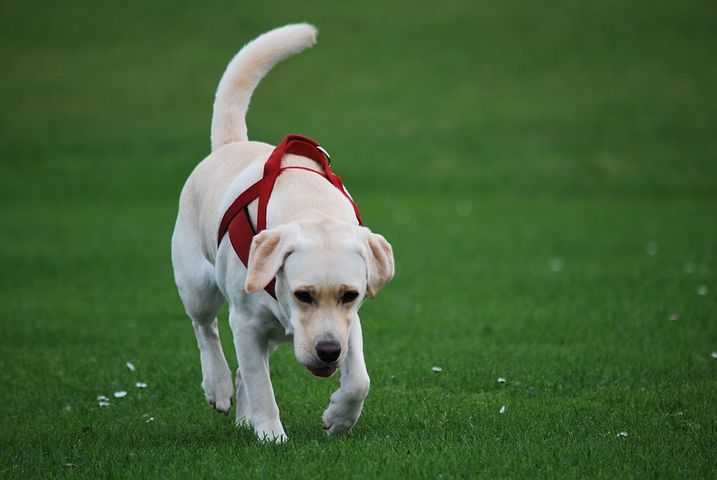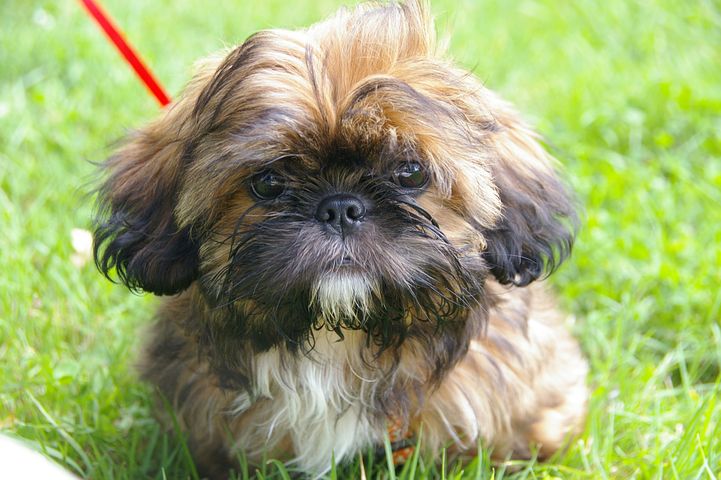Bully Kutta
Bully kuttas, due to their large size and dominance, can be dangerous to both owners and strangers, and are potentially dangerous around children and other pets (including dogs). They are naturally aggressive. Bullies are also not recommended for apartment living because they require a lot of space. As a result, they are not suitable for inexperienced or fearful owners. However, strong socialisation is advised in order to gain control of such situations. Bully Kuttas walk in the manner of a lion or tiger. They are noble and intelligent. With their keen senses of sight and smell, they make excellent guard dogs, protecting not only their own territory but also the owner and his property. However, the puppy requires sufficient training to form a bond with its owner.
These dogs drool a lot and tend to sleep all day.
Lifespan: 8 – 10 years (Adult)
Breed of: Dog
Colors: Black, White, Brindle, Fawn, Red, Harlequin
Height: 81 – 89 cm (Adult), 71 – 81 cm (Adult)
Weight: Male: 70–90 kg, Female: 60–70 kg
These dogs are also available in black, brown, brindle, and piebald.
Bully Kutta translates literally as heavily wrinkled dog. Bully is derived from the Hindustani and Punjabi root words Bohli, which means heavily wrinkled, and Kutta, which means dog.
Become accustomed to your bully kutta's feeding habits. Puppies between the ages of 8 and 12 weeks require four meals per day.
Reduce the number of meals as you get older. Serve 3 meals to puppies aged 3 to 6 months, 2 meals to puppies aged 6 to 12 months, and then 1 serving is sufficient. The use of high-quality dry dog foods combined with canned food, water, or broth is advised. Follow the 40-30-30 rule for a well-balanced diet: 40 percent meat, 30 percent vegetables, and 30 percent starch.
Rotate the foods on a regular basis to ensure complete nutrition and a change in taste for your dog.
Also, keep a steady supply of water on hand.
Keeping their food and water bowls clean is good hygiene.
A weekly brushing will help reduce shedding while also massaging the skin and distributing the coat's natural oils.
